Growing potted plants can be a rewarding and fulfilling hobby, whether you have limited outdoor space or simply want to bring a little greenery into your home. Potted plants offer versatility and flexibility, allowing you to cultivate a variety of plants, both indoors and outdoors. However, ensuring that your plants thrive requires a little knowledge and attention to detail.
If you’re new to potted plants, don’t worry! This guide will walk you through ten foolproof tips to help your potted plants grow successfully and flourish, plus we get to look at some cakes inspired by pot-plants for a few smiles along the way.
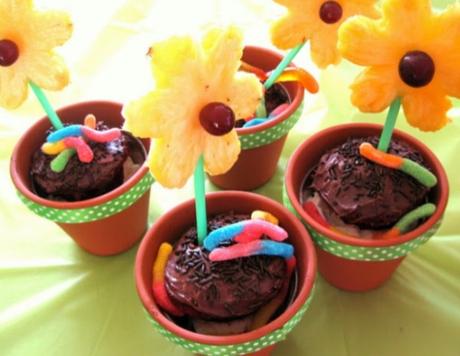
1. Choose the Right Pot Size
Selecting the correct pot size is crucial for your plant’s growth and development. Pots that are too small can restrict the growth of roots, causing your plant to become root-bound and stunted. On the other hand, pots that are too large can lead to poor water retention and uneven distribution of nutrients.
Tip: Choose a pot that gives your plant’s roots enough room to grow but not so large that the soil stays soggy for too long. Ensure the pot has drainage holes to prevent water from pooling at the bottom.
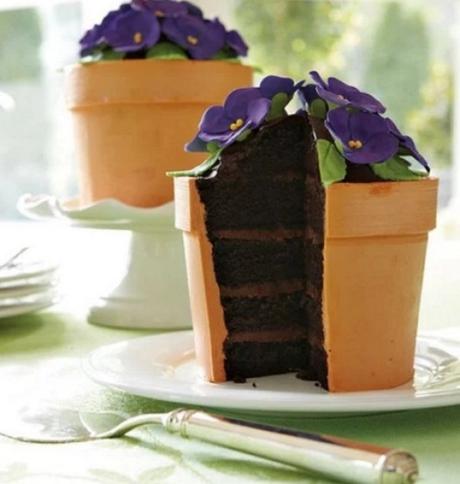
2. Use Quality Potting Soil
One of the most common mistakes beginners make is using garden soil in pots. Regular garden soil often doesn’t have the necessary drainage or nutrient content for potted plants. Quality potting soil is designed to retain the right amount of moisture while providing aeration and nutrients to the roots.
Tip: Opt for a well-draining, nutrient-rich potting mix, and consider mixing in perlite or sand for plants that prefer even better drainage, such as succulents or cacti.

3. Ensure Proper Drainage
Drainage is essential for preventing root rot, a common cause of plant death in potted plants. Without proper drainage, excess water will sit in the soil, suffocating the roots and leading to fungal infections.
Tip: Always use pots with drainage holes. If your chosen pot doesn’t have any, you can add some or use a layer of pebbles or gravel at the bottom to improve drainage.
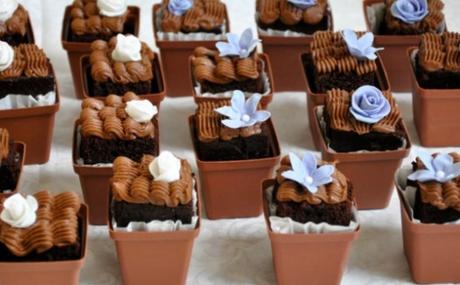
4. Water Wisely
Watering your potted plants can be a bit tricky, as both overwatering and underwatering can harm them. Different plants have different water needs, so it’s important to research the specific requirements for each type of plant you’re growing.
Tip: As a general rule, water your plants when the top inch of soil feels dry to the touch. Water thoroughly, allowing the water to drain out of the bottom, and then let the soil dry out slightly before watering again. Avoid letting your plants sit in standing water.
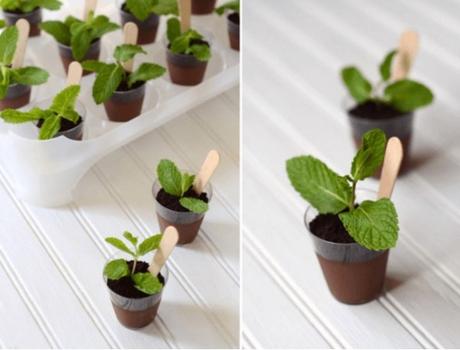
5. Provide Adequate Light
Plants rely on sunlight to photosynthesise and grow, so it’s important to place your potted plants in the right spot. However, not all plants require the same amount of light. Some thrive in bright, direct sunlight, while others prefer indirect or low light.
Tip: Check the light requirements for each of your plants and place them accordingly. For indoor plants, rotate pots occasionally to ensure all sides of the plant receive equal light exposure.
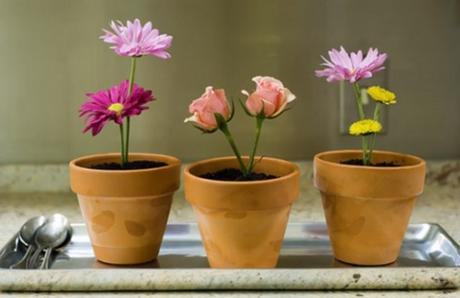
6. Feed Your Plants Regularly
Plants in pots have limited access to nutrients compared to those growing in the ground. Over time, the nutrients in the potting mix can become depleted, so it’s important to feed your plants with fertiliser to support their growth.
Tip: Use a balanced, all-purpose fertiliser for most plants, or choose a specialised one depending on the plant type (e.g., fertiliser for flowering plants, herbs, or succulents). Follow the recommended feeding schedule on the product packaging, and avoid over-fertilising, which can damage the roots.
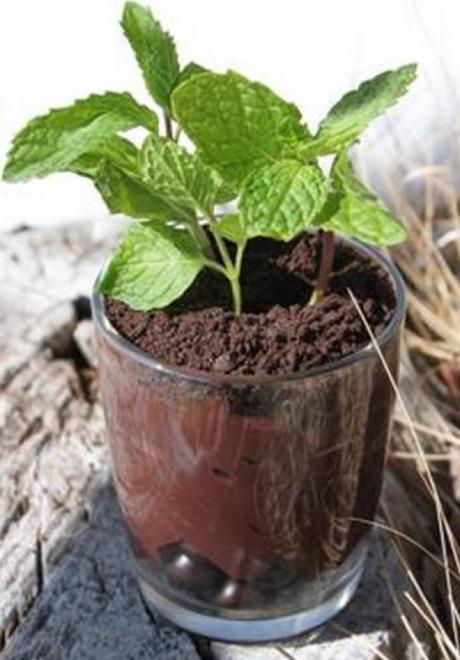
7. Repot When Necessary
As your plants grow, they will eventually outgrow their pots. When a plant becomes root-bound, its roots will start to grow in circles around the edge of the pot, which can restrict its ability to absorb water and nutrients.
Tip: Check for signs of a plant outgrowing its pot, such as roots emerging from the drainage holes or slow growth despite regular care. Repot your plant into a slightly larger pot, being careful not to damage the roots in the process.
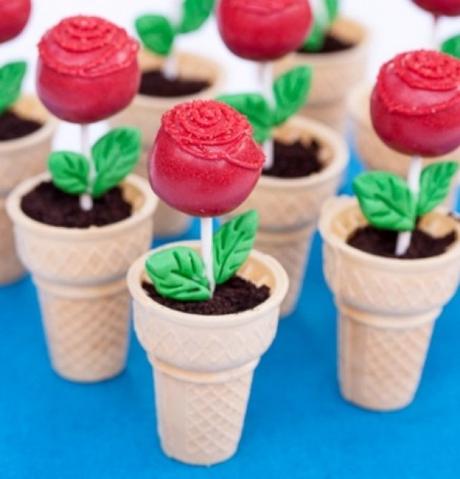
8. Watch for Pests and Diseases
Potted plants can sometimes fall prey to pests and diseases, especially if they’re kept indoors where natural predators are absent. Common pests include aphids, spider mites, and mealybugs, while diseases like powdery mildew can develop in damp conditions.
Tip: Regularly inspect your plants for signs of pests or diseases, such as yellowing leaves, sticky residue, or small insects. Use natural remedies like neem oil or insecticidal soap to treat infestations. Proper watering and good airflow can help prevent diseases.

9. Choose Plants Suitable for Pots
Not all plants are well-suited to life in a pot. Some require a lot of space to grow, while others may struggle to get the nutrients they need. For beginners, it’s best to start with plants that are known to thrive in containers.
Tip: Consider plants like herbs (e.g., basil, mint), succulents, ferns, or small flowering plants like geraniums. These tend to do well in pots and are relatively low maintenance.
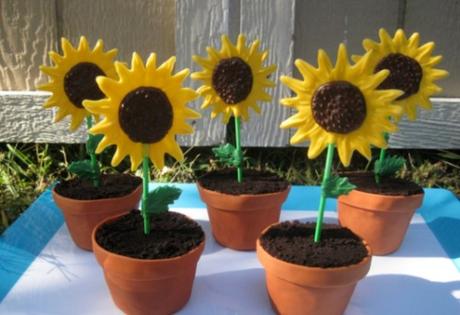
10. Regular Pruning and Maintenance
Just like garden plants, potted plants benefit from regular pruning and maintenance. Trimming away dead or damaged leaves stems, and flowers encourage new growth and keep your plant looking its best.
Tip: Prune your plants regularly to remove spent blooms and prevent overcrowding. Clean the leaves of indoor plants to remove dust, and occasionally rotate your pots to ensure even growth on all sides.
Caring for potted plants doesn’t have to be complicated. By following these ten foolproof tips, you can create a thriving potted plant collection that brings beauty and joy to your indoor or outdoor space. With the right care, your plants will reward you with fresh greenery, flowers, and even produce.
Start small, experiment with different plants, and most importantly, enjoy the process of watching your plants grow and flourish. Happy gardening!

